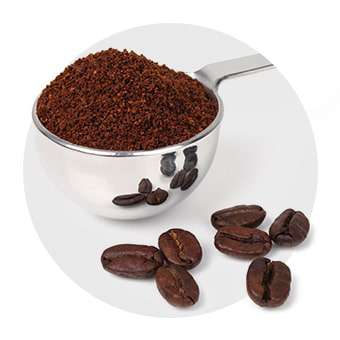
Creating the perfect coffee roast is highly dependent of color measurement. Low quality instrumentation can lead to variables roasting times, but proper instrumentation ensures perfect color and consistency every time from start to finished product.
When producing the highest quality of coffee, color is a crucial part of the process. Coffee color measurement refers to the procedure that takes raw coffee beans to the peak of their roasting process. The utilization of spectrophotometers can help gauge the exact moment that a roast reaches its full color potential, ensuring that coffee color remains consistent throughout each batch. Many spectrophotometers claim to measure this key point in the coffee roasting process, but miss the mark by just a slight margin. Even this small margin can be costly, but quality coffee color measurement tools eliminate errors and ensure quality and consistency every time.
From plant, to production, to perfection
Creating a quality coffee product begins with choosing the best coffee beans. Measuring the color of raw beans is an important step in developing just the right coffee blend. Color consistency in raw beans helps to ensure that the consistency remains the same all the way through the roasting process. Spectral analysis provides important data regarding any contamination or imperfections the raw beans may have. This streamlines the selection process of raw materials and saves in wasted product and time further on down the line. Once raw beans have been carefully selected, the roasting process is the next step towards creating a high-quality product. Coffee color analysis is most effective when it is performed continuously throughout the roasting process.

Coffee color plays an important role in raw bean selection. Choosing only the best in raw materials, ultimately leads to higher quality results in the end.


